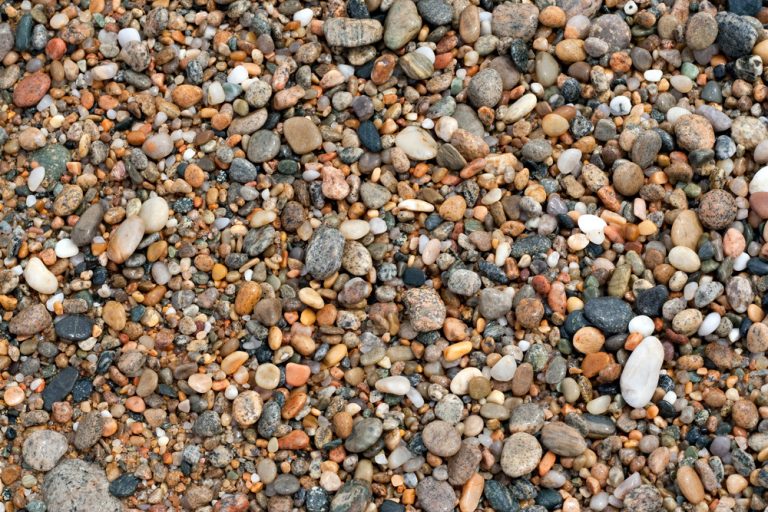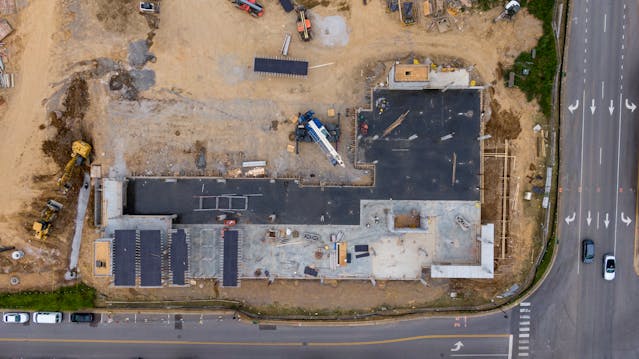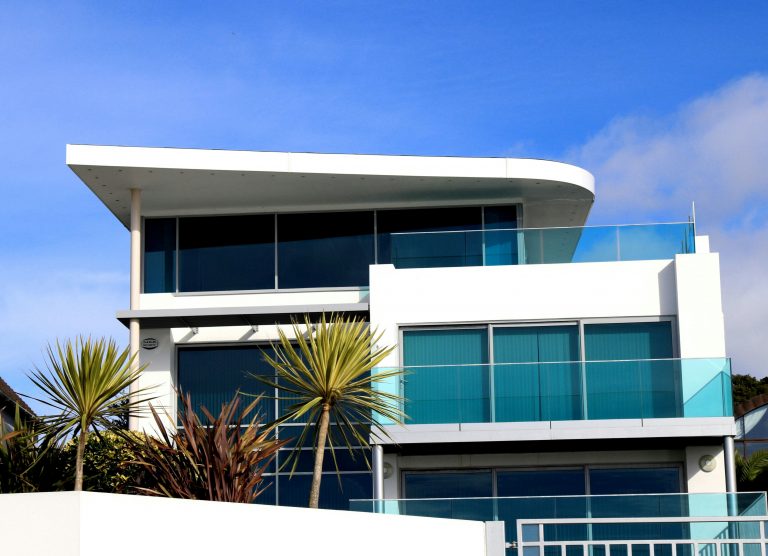
 Our ears are constantly at work. From the moment we wake up, to the moment we fall asleep. Hearing loss is a gradual process that may not be noticed for years, but approximately 15% of Americans (26 million people) between the ages of 20 and 69 have high-frequency hearing loss due to exposure to noise at work or during leisure activities. German researchers who studied the health insurance records of 7 million people from 2004 to 2008 found that working musicians topped the charts for hearing loss.
Our ears are constantly at work. From the moment we wake up, to the moment we fall asleep. Hearing loss is a gradual process that may not be noticed for years, but approximately 15% of Americans (26 million people) between the ages of 20 and 69 have high-frequency hearing loss due to exposure to noise at work or during leisure activities. German researchers who studied the health insurance records of 7 million people from 2004 to 2008 found that working musicians topped the charts for hearing loss.
Chris Martin from Coldplay seems to share a similar viewpoint to many other musicians when saying “Looking after your ears is unfortunately something you don’t think about until there’s a problem. I’ve had tinnitus for about ten years, and since I started protecting my ears it hasn’t got any worse – touch wood. But I wish I’d thought about it earlier.”
With these facts in mind, take the proper actions necessary to prevent hearing damage! It’s never too late to start.
When does consistent noise/music/sound become a risk? Noise at 85 decibels and beyond for a prolonged period of time puts you at risk for hearing loss. Here is a simple checklist to follow to help with hearing loss prevention.
- Make sure you are using high-quality headphones or earplugs.
- You should also get regular hearing check-ups.
- Finally, avoid prolonged exposure to loud noises as much as you can.
For musicians who have their own studios, there are even more options available for hearing loss prevention. It is crucial to soundproof your workspace or any area where noise can reach dangerously loud levels. Musicians know that soundproofing walls are a must for themselves and those around them. The process of soundproofing a room is accomplished using a combination of four tactics: adding mass, damping, decoupling, and filling air gaps. There are many DIY videos and articles available online to assist in the process. You may want to look into sound insulation panels, acoustic wedge panels, a soundproof ceiling, or even decorative laminate products.
Decorative laminate is something that is visually appealing and will significantly decrease your chance of contracting damaging hearing issues. When using acoustic wedges panels, it’s recommended that you purchase 12″x12″ panels with a 2-inch depth curve relief. These do well to absorb low to high frequencies. Even if it is an extra large area, it can be effectively managed with sound absorbing ceiling panels and acoustical wall panels. These items can help produce a better sound recording and protect others from hearing you as well. They might also prevent you from being the victim of noise complaints or nasty phone calls from those neighbors.
As a musician, you want to be able to enjoy the music for as long as you possibly can, and with consistent hearing check-ups, high-quality ear plugs, and decorative laminate or soundproof wall panels in your studio you should be able to protect your ears and your hearing. Your ears will thank you!


